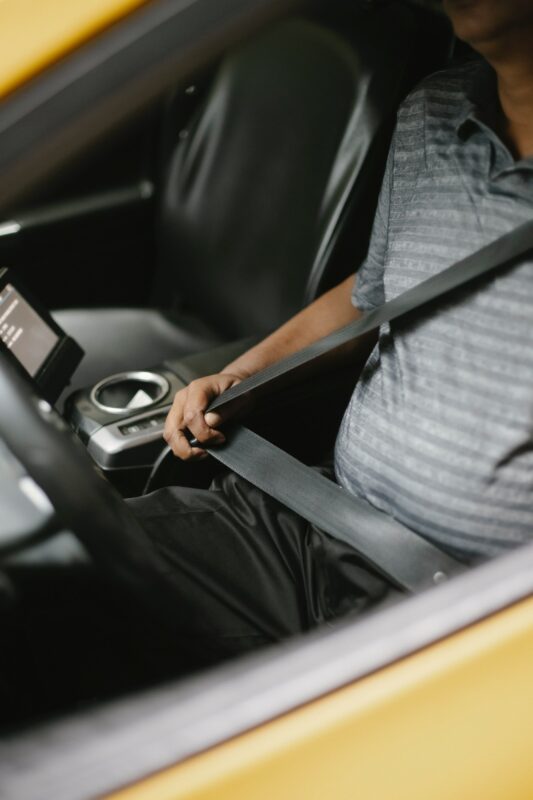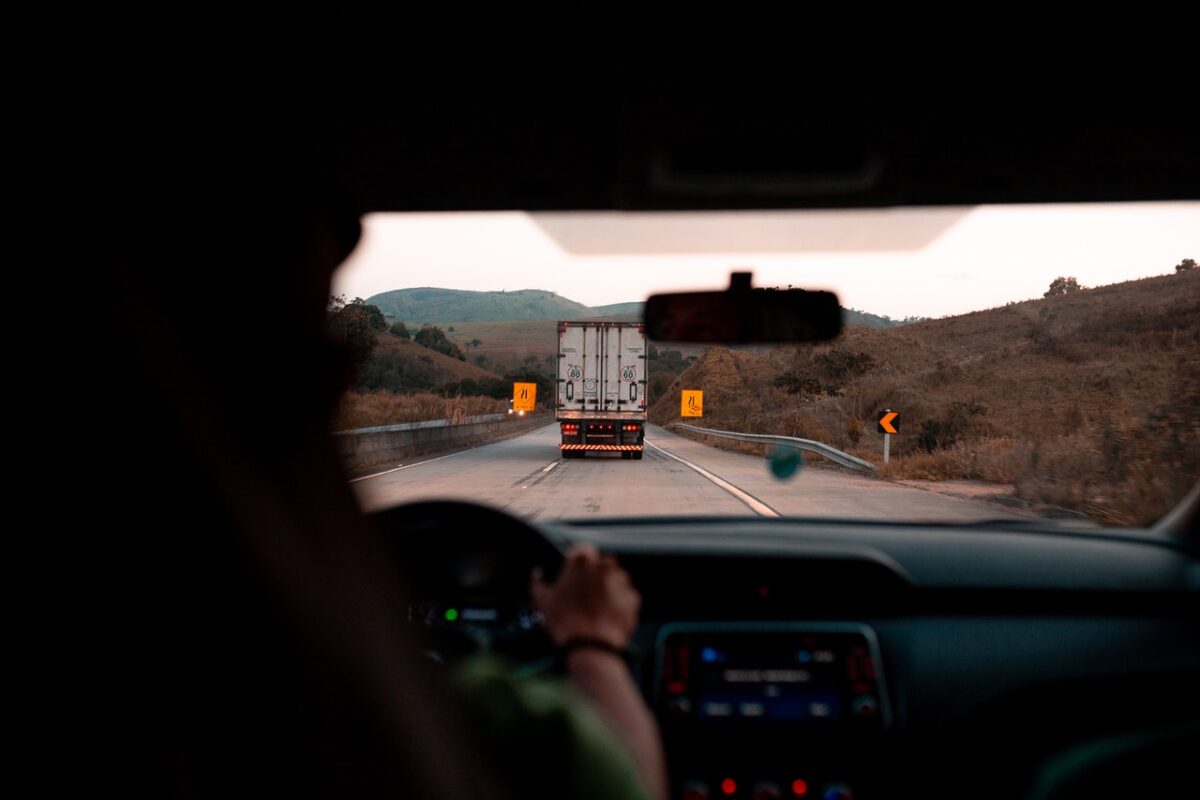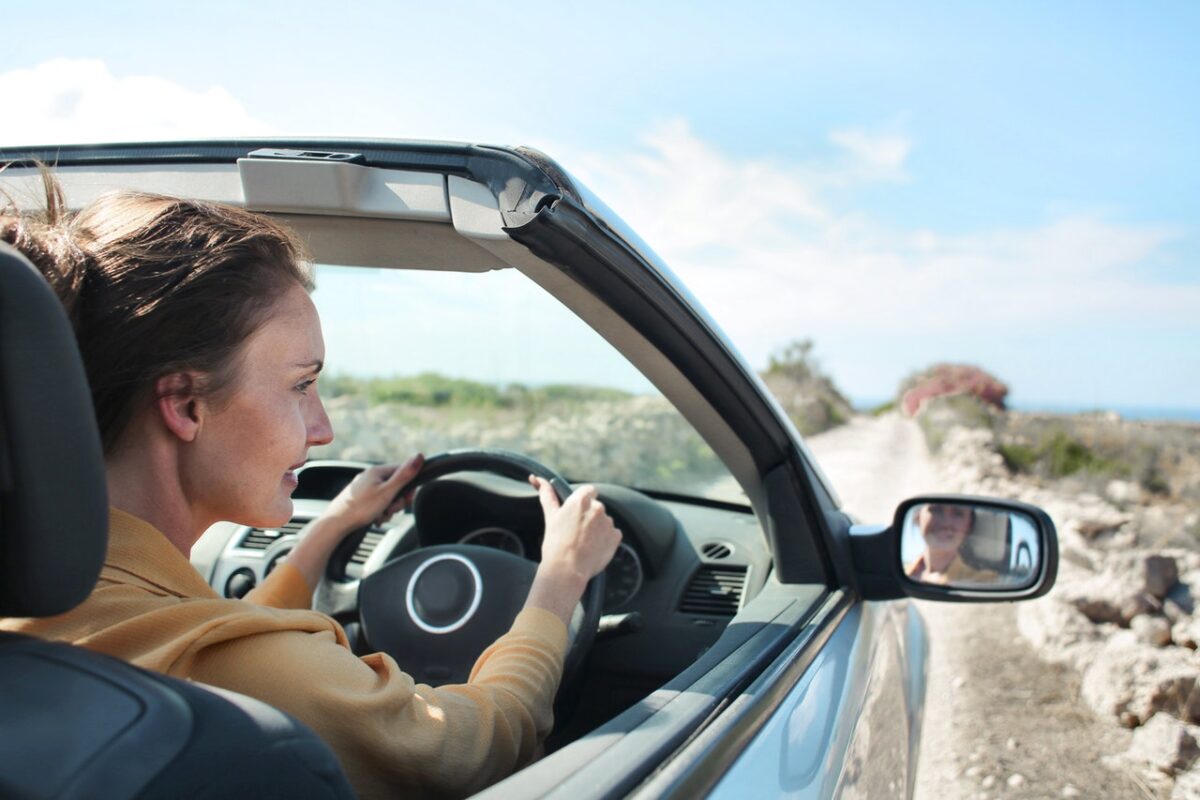Driving is something that most people do every day, but it is also one of the most dangerous things you can do. According to the National Highway Traffic Safety Administration, car crashes are the leading cause of death for Americans between the ages of 3 and 33, more than 30 people die every day from traffic accidents. More than 50% of these deaths are from drivers who have been drinking alcohol or using drugs.
Driving is a privilege, not a right. This means that if you are on the road, you need to be safe and follow all of the rules. The following 10 tips can help keep you safe while driving:

Adjust your side mirrors correctly
The side mirrors are easily overlooked when checking for blind spots. Take a second to adjust your left and right mirror before changing lanes or pulling out of the driveway.
This simple check can help you avoid accidents by letting you see what’s coming up behind you as soon as possible, instead of having to turn around in order to determine if it is safe to move over into another lane.
If you are unsure of how to adjust your side mirrors, check the owner’s manual for detailed directions.

Keep a safe following distance
Defensive driving is the key to safe driving. That means not tailgating or speeding, but also keeping a comfortable distance between you and the car in front of you. If someone is following too closely behind your vehicle, slow down slightly so they have more space to stop safely if needed.
This will help prevent rear-end collisions when sudden stops happen due to braking ahead due to weather conditions such as rain, snow, ice fog, etc…
Keeping at least two seconds’ worth of distance can be extremely helpful in situations like this where even stopping quickly may not be enough time for drivers directly behind you on slippery surfaces!
Stay alert all the time
Driving while distracted can be deadly. This includes focusing on your GPS, cell phone, or even the radio instead of watching the road ahead for changes in traffic and weather conditions that require slowing down or changing lanes.
If you are not 100% sure it is safe to change lanes because someone may have cut off another driver unexpectedly without signaling properly, stay put until it becomes clear which lane will give you more space around other vehicles on the road.
Wear a seat belt at all times
Seat belts save lives, as long as you wear them properly. No matter how short of a distance you are traveling, click your seatbelt on before pulling out onto any busy street! If pulled over by an officer for this minor infraction it can be extremely helpful because getting stopped while not wearing one is much more serious than if law enforcement sees proof you were doing everything possible to protect yourself and others from harm during accidents.
Turn on your headlights whenever visibility is low
Your headlights are not just there to help you see in the dark. The bright lights also make it easier for other drivers on the road to spot your vehicle and avoid accidents if they can see you coming from a long distance away!
Even when driving during twilight hours or early morning, be sure to turn on your headlights if visibility is low enough that streetlights are needed ahead of time – even before turning onto busy intersections where traffic may be congested already. This way everyone around will have an idea which direction you are headed well before getting too close behind another driver’s bumper so there won’t be any unpleasant surprises when trying to pass them safely!
Beware of trucks and bulky vehicles
Trucks are larger than the average car, so they have a longer stopping distance when breaking. To avoid rear-ending them in traffic or getting hit at intersections when stopped alongside one another, give plenty of space between you and any truck on the road!
When coming up behind trucks with their brake lights illuminated, slow down before reaching an intersection to allow enough time for others around to notice if it is turning ahead will block your path even further back where there may not be as much room since these vehicles take more time to maneuver out of the way.
Beware also that large delivery trucks moving slowly along major roads during rush hour can make it tough to get past without having someone else cut off of traffic by passing using the turning lane. If you see a truck with its hazards on up ahead, be sure to follow the best safety practices and put your own indicator lights on so others know there may be an issue as traffic begins moving again after stopping beside these large vehicles!
Check your tire pressure regularly
Your tires are the only thing between you and the road, so be sure they are in good condition before heading out.
Check both tire pressure levels frequently with the best portable air compressor for off-road to help avoid flat tires or blowouts on busy streets! If your car was made after 2014 it should come standard with TPMS technology which helps monitor tread wear carefully – but always check anyway for extra peace of mind if there is any question about how well these systems work.
Service your car regularly
Regularly servicing your car by having it checked out regularly at a trusted mechanic is an important part of staying safe.
This way you will know if any oil leaks need to be replaced right away, or if there are other issues that may not become dangerous until another day but should still be seen sooner rather than later because waiting could cause even more problems down the road! If something does go wrong on the open road and you have no idea what’s going on with your brakes anymore – here’s a guide for Pumping Brakes that can help get these moving again so everyone knows where they stand when trying to keep their cool in stressful situations.
Never drive while drunk
Drinking and driving is never a good idea, but it’s even worse when the roads are icy. If you’re going to drink – make sure to have a designated driver that will get everyone home safe!
If this isn’t an option for whatever reason, call someone else who can pick you up instead of taking your chances with drinking too much before hitting the road again. This way those around you won’t be caught off guard by suddenly swerving or veering into oncoming traffic without warning as was seen in many unfortunate cases every year from people not thinking about their own safety while out having fun with friends after dark during winter months.
Don’t use your cell phone while driving
Using your phone while driving is one of the most common causes of accidents every year, so don’t think just because you have Bluetooth or some other device that it’s perfectly fine to answer calls and messages on busy streets!

